NeuroSigma (LA, CA) has obtained European approval for its Monarch external Trigeminal Nerve Stimulation (eTNS) system. The Monarch is indicated as an adjunctive treatment of epilepsy and major depressive disorder for patients over 9 years of age, according to the announcement.
Daily disposable patches are applied to the forehead and connect to a belt-worn pulse generator that delivers electric signals to stimulate the trigeminal nerve. Users will typically wear it at night during sleep, although, depending on what their doctors say, they may choose to use it during their daily routines as well.
The technology was originally developed at UCLA and the rights to it have been sold exclusively to NeuroSigma.

Discover The World's MOST COMPREHENSIVE Mental Health Assessment Platform
Efficiently assess your patients for 80+ possible conditions with a single dynamic, intuitive mental health assessment. As low as $12 per patient per year.
More about the technology from the announcement:
There are two embodiments of trigeminal nerve stimulation: eTNS™ (external electrodes and an external pulse generator, currently being commercialized) and sTNS™ (subcutaneous electrodes and implantable pulse generator, currently being developed). The eTNS system utilizes a customized self-adhesive conductive patch applied to the forehead to stimulate branches of the trigeminal nerve, which are located very close to the surface of the skin in the forehead. The low-energy stimulus is confined to the soft tissues of the forehead without direct penetration into the brain.
The trigeminal nerve is the largest cranial nerve, offering a high-bandwidth pathway for signals to enter the brain. The trigeminal nerve projects to specific areas of the brain, such as the locus coeruleus, nucleus tractus solitarius, thalamus and the cerebral cortex, which are involved in epilepsy, depression, PTSD, ADHD and other disorders. PET imaging studies in humans confirm that eTNS activates or inhibits key regions implicated in these disorders and the changes were observed within minutes of therapy. eTNS is a stand-alone therapy, but once approved by regulatory agencies, patients who respond well to eTNS may opt for the implantable sTNS system, which NeuroSigma is currently developing.
Here’s a news report about NeuroSigma’s TNS system from a couple years ago:

